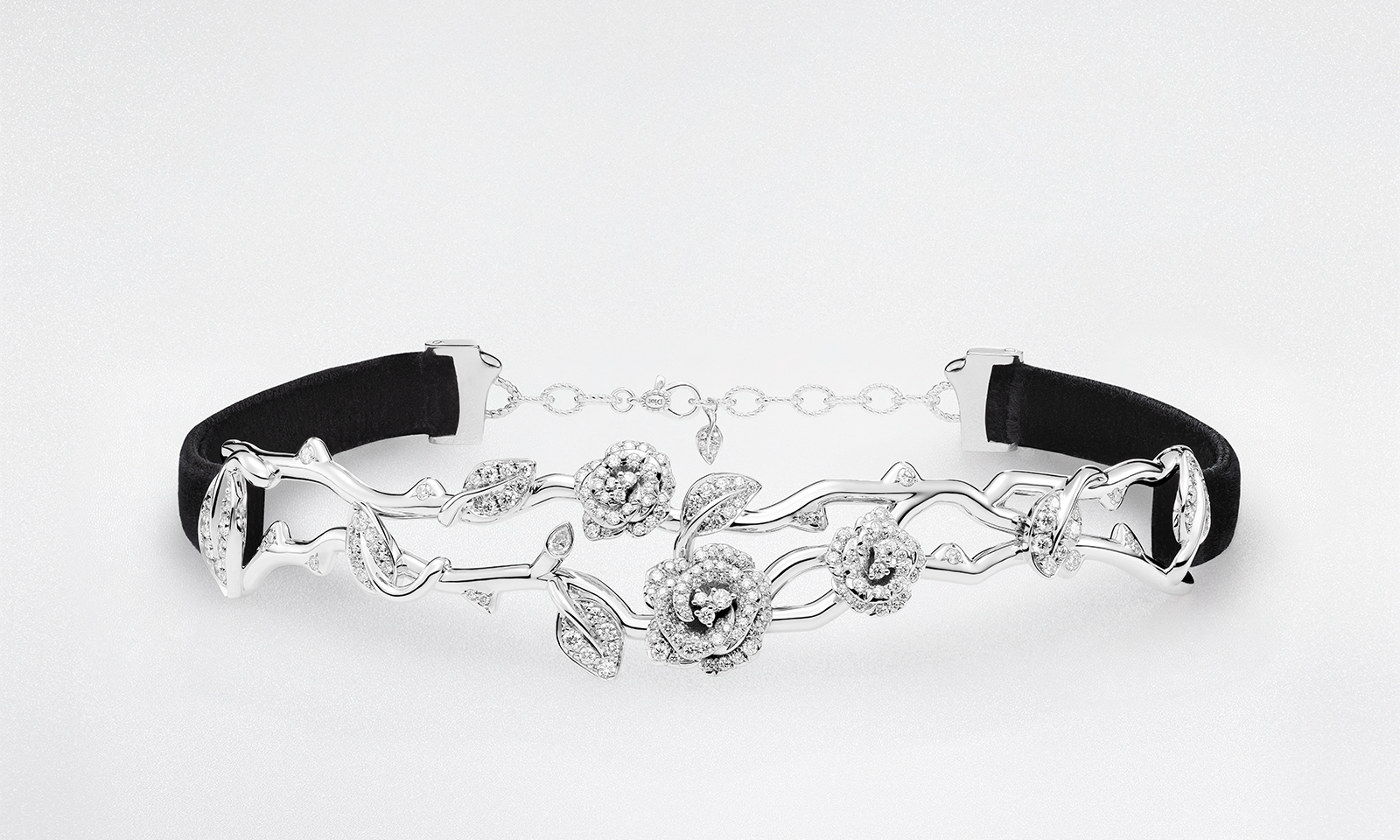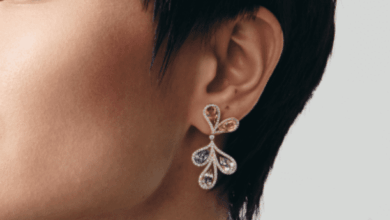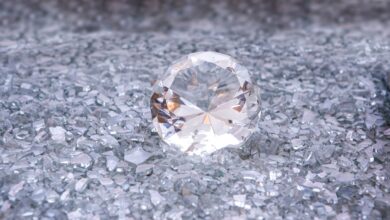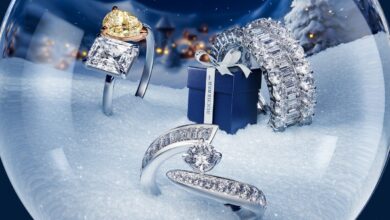Flawless Moissanite makes its mark on UK jewellery market
We explore the ever increasing market for the fabulous lab-grown gemstones of the moment – the moissanite. We speak to the experts at Flawless Moissanite and find out just why modern couples can’t get enough of this unique gemstone that fell to earth, from the stars.
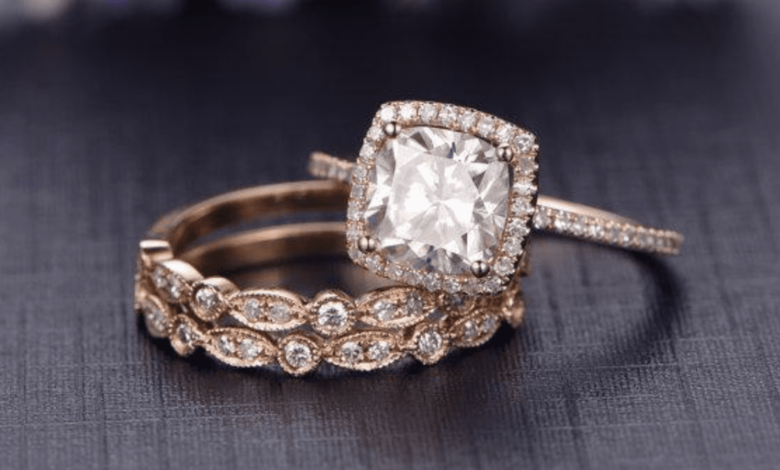
Register to get 1 free article
Reveal the article below by registering for our email newsletter.
Want unlimited access? View Plans
Already have an account? Sign in
Flawless Moissanite launched into the UK online jewellery market in 2021 and has experienced an incredible rate of growth. And demand for the moissanite doesn’t show any signs of slowing, with the global moissanite market expected to grow at a CAGR (compound annual growth rate) of 6.2% from 2021 to 2031.
There are several factors driving the growth of the moissanite market, one of which being the increasing demand for affordable gemstones. While many love the sparkle of a huge diamond, it’s financially out of reach for most and moissanite is a much more affordable alternative to diamonds. This makes it a popular choice for those who are looking for beautiful and sparkly gemstones, without breaking the bank.
And, as more and more consumers are becoming aware of this unique gemstone and its many benefits, this is leading to increased demand for all types of moissanite jewellery. Did you know, a moissanite can be up to 70% cheaper than a diamond of the same size, colour and clarity? That’s an unbeatable saving by any standards. But there are many other advantages to these fabulous gemstones over the traditional mined gems, aside from the obvious competitive pricing.
Increasing demand
Moissanites are more widely available now than ever before, which is increasing awareness amongst shoppers and making it easier for consumers to find jewellery that meets their needs and their budget. Engagement rings are proving particularly popular at a time when the cost of living has been rising steadily in recent years, which has made it more difficult for couples to afford engagement rings.
And the growth of moissanite demand is a truly worldwide phenomenon. According to a 2022 report by the Gemological Institute of America (GIA), approximately 11% of couples who purchased engagement rings in the United States in 2021 chose moissanite, which is up from 8% in 2020. The report also found that the average price of a moissanite engagement ring was $2,800, which is about half the price of a diamond engagement ring. When you realise that approximately 2.07 million engagement rings are sold in the US each year, 11% of that is a lot of rings!
What do the experts say?
“The rise of the moissanite engagement ring in modern society has been quite phenomenal.” says Sarah Fielding, marketing director at Flawless Moissanite. “As more people fall in love with this amazing stone, teamed with more couples questioning where their jewellery comes from, we’re seeing a definite increase in interest. Films like Blood Diamond have drawn attention to controversies that can accompany diamond mining, so many are opting to go lab-grown to guarantee their gems are 100% conflict free and ethically sourced.”
Moissanites also possess exceptional brilliance and rank even higher than diamonds on the refractive scale. This means they bend light more than diamonds, which gives them a more brilliant sparkle.
She continues: “Couples don’t want to compromise when it comes to a purchase as important as an engagement ring and with moissanites ranking even higher than diamonds on the refractive index, they don’t have to!” Their unbeatable brilliance is another key element that makes them so popular as a diamond alternative.
“While they’re incredibly reflective and refractive, the sparkle given off by a moissanite has more fire and a slight rainbow hue, as opposed to a diamond’s white sparkle, which many of our customers prefer.”
The refractive scale measures how much light is bent when it passes through a gemstone. A higher refractive index means that more light is bent, which results in a brighter sparkle.
Gemstone Refractive Index
Moissanite 2.65 – 2.69
Diamond 2.42
Sapphire 1.76 – 1.77
Emerald 1.56 – 1.60
Ruby 1.76 – 1.77
Moissanite has a much higher refractive index than all the other gems, so if radiance is what you’re after, this is the stone for you!
Made to last
Moissanites are now widely used in engagement rings and wedding rings and one reason becoming a firm favourite is because it is so durable. It is the second hardest mineral known to man, which means it will never get scratched or go cloudy. In fact, it is so robust, it’s also used in industrial applications, cutting tools and abrasives – a testament to its hardness and durability.
Ranking at 9.25 on Mohs hardness scale shows they’re only slightly lower than a diamond. This means the only thing that can scratch a moissanite is a diamond and they’re hard enough to be worn every day for the rest of your life.
While there are more companies selling moissanite jewellery now, high quality craftsmanship is key. Harding explains: “Anyone can sell cheap, low quality jewellery, but by focusing on keeping the quality as high as possible and remaining at a more affordable price point, we have found the perfect balance and our niche market.” She believes customer satisfaction is the key to their success and the huge amount of positive reviews and recommendations gives new customers the confidence to buy.
“While some of our customers already love moissanites, others find us because they’re looking for a quality diamond alternative. And while there are subtle differences between diamonds and moissanites, to the untrained eye, you really can’t tell the difference. With the added ethical and sustainability benefits, it’s a no brainer for many.”
As we approach the busiest time of the year for engagement ring suppliers, we don’t see interest slowing down. Harding adds: “The increasing popularity of alternative gemstones such as moissanites and lab-grown diamonds are becoming increasingly popular. And if you have your heart set on a specific stone shape our stones are cut in all the same shapes. Who doesn’t want a sparkly engagement ring that’s more affordable?”
Moissanite – a gift from the stars!
Moissanite was discovered in 1893 by French chemist Henri Moissan. He was studying the crater of a meteor that had crashed in the Arizona Desert, when he found small, colourless crystals, which he first thought were diamonds. When he realised they weren’t and that he couldn’t identify them, he named the crystals moissanite after himself and moissanites had been discovered!
Moissanite is a silicon carbide, which is a very hard and durable material. It’s also colourless, which makes it a wonderful gemstone and can be used as an alternative to diamonds. Natural moissanites from meteorites are so rare, most found in jewellery are grown in a lab, which makes them more affordable.
Lab-grown moissanite is created in a laboratory and is chemically identical to natural moissanite. This makes it the perfect choice for those who are looking for a beautiful and sparkly gemstone that is also affordable.
Moissanite is one of the most popular gems used in engagement rings, wedding rings and other jewellery. It is a solid choice for those looking for a durable, sparkly and affordable gemstone.



